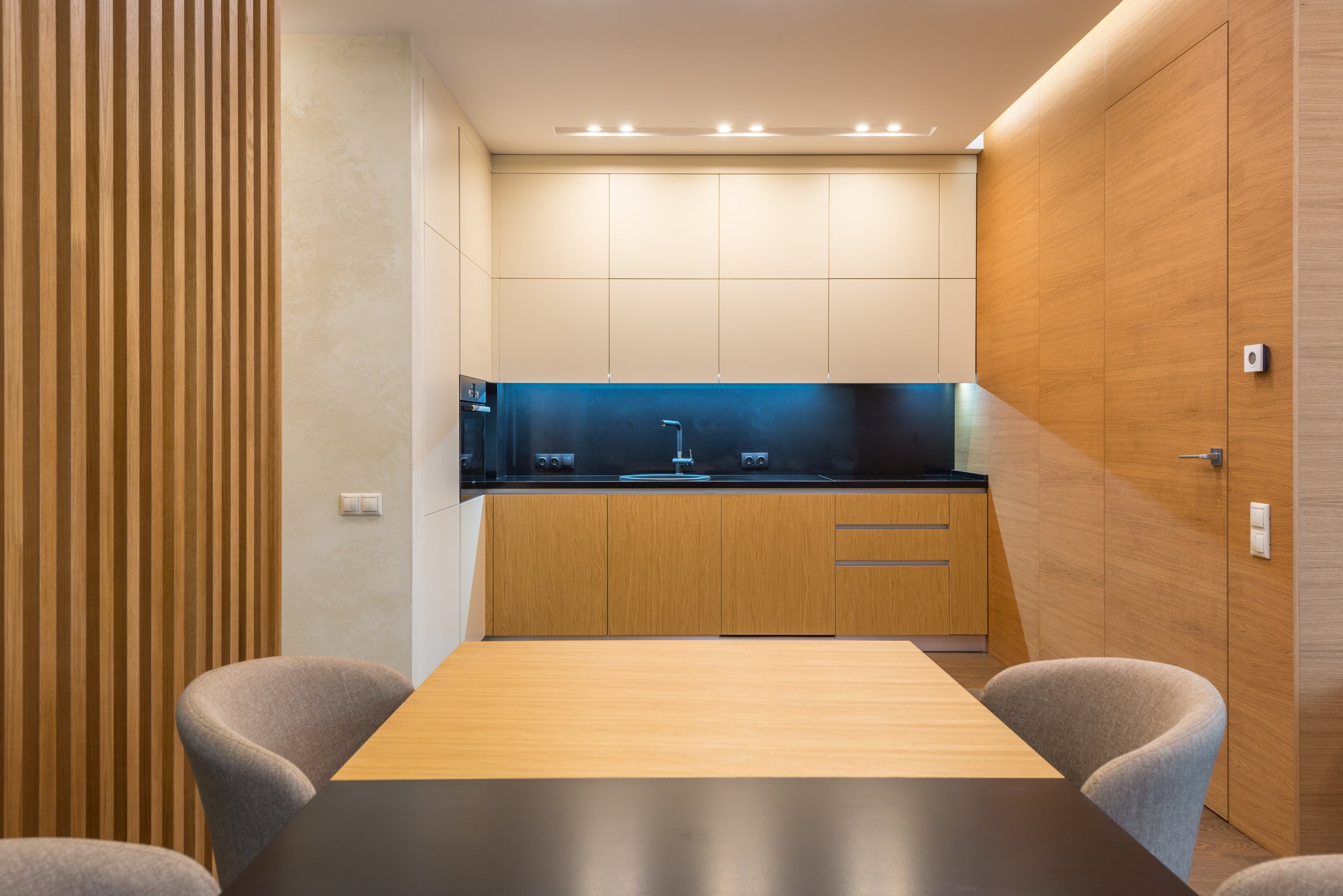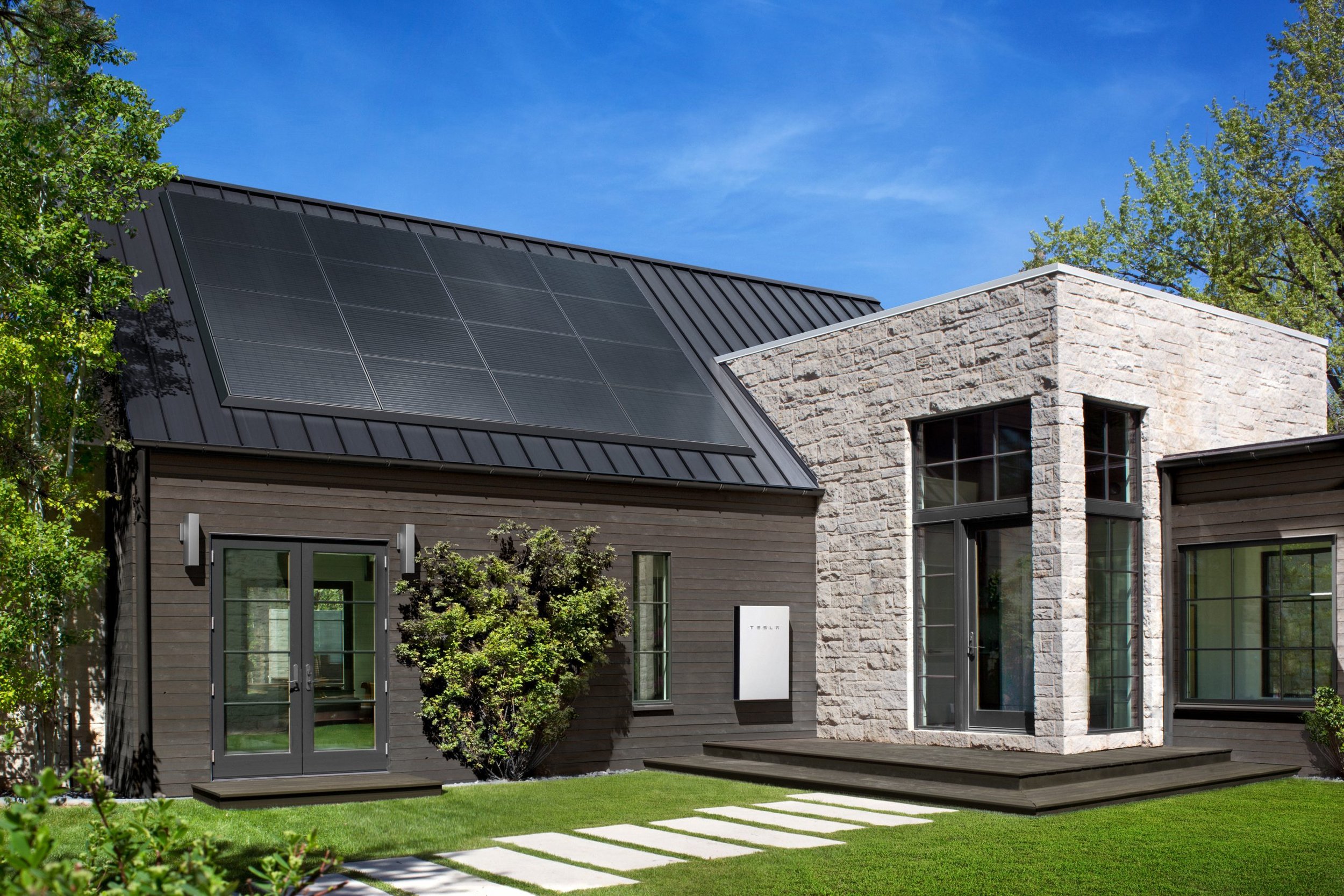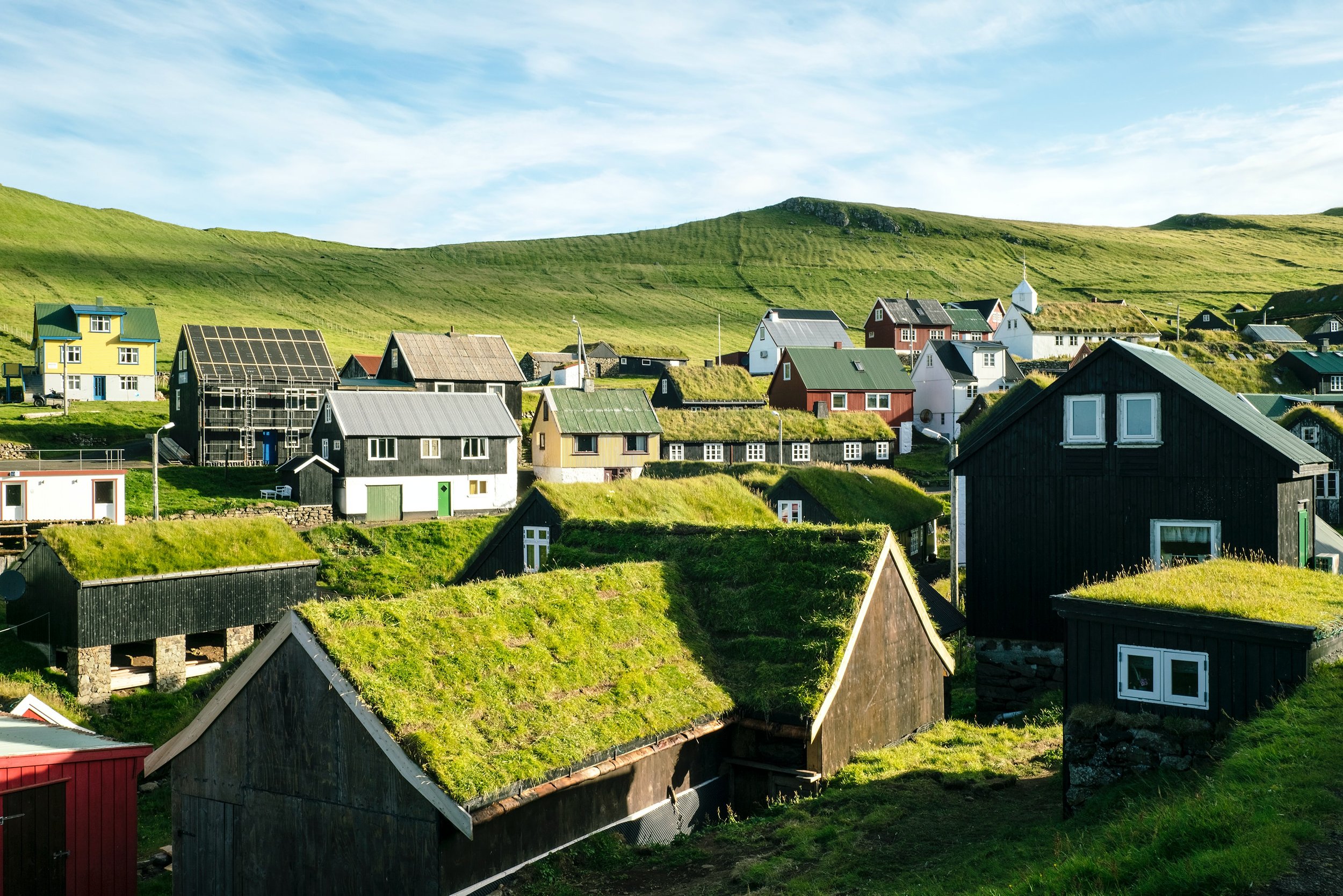Top 6 Eco-Friendly Home Improvements for 2022 and Beyond
Giovanni Patania is the Chief Architect & Co-Founder of WindsorPatania Architects. Here, she shares some tips to make homes environmentally friendly.
It’s no surprise the world has become more environmentally conscious. The rapid rise of fossil fuels over the last century has led to climate change concerns, accelerating the adoption of a sustainable way of life.
This is a concern affecting us and all future generations, and we need to do something about it. Amongst various industries, transportation and housing have received particular attention. It’s estimated almost 80% of all housing will have already been built by the year 2050, so it’s important we address it now.
So how can you do your part? What eco-friendly home improvements can you put in place to reduce your environmental impact? If you’re looking to build a new house, what design decisions can you make to reduce the impact during the construction phase or a lifetime?
If you’re serious about reducing your home’s environmental impact, this article is for you. I’ll share tips and strategies to help you design a sustainable home or make eco-friendly home improvements to reduce your energy consumption. So, grab a tea or coffee, stick around and read on.
How to Do an Energy Audit?
Before implementing any eco-friendly home improvements, wouldn’t it be good to know how much your energy consumption is and how efficient your house is right now? When making any change, it’s always good to know how things are right now so you can measure the improvements.
In the UK, house energy performance is estimated via an EPC Test (Energy Performance Certificate). The current system is a universal score where properties are graded from A-G based on their Energy Efficiency Rating. In some countries, thermal imaging cameras are used to study and analyse heat exchange and energy efficiency. Thermal systems are simulated on new builds to study and model the heat exchange. I always recommend getting an EPC test done before any eco-friendly home improvements or renovations.
6 Eco-Friendly Home Improvements for Your Next Renovation
Based on my experience designing sustainable houses, here are my top six eco-friendly home improvement tips for your next renovation or new build.
1. Heat Insulation (Check Doors and Windows)
At the heart and soul of energy efficiency is controlling the flow of heat (called ‘insulation’). One of the biggest energy consumers are heating and air conditioning. So, by trapping and controlling the flow of heat, you can reduce heating or cooling costs. There are two main ways to insulate a house based on material — 1) Thermal Mass 2) General Insulation
Thermal Mass refers to the use of high-density thick material that can store and send heat over a period. For example, heat soaked up from the sun during the day can travel through walls ready to heat the interiors by night. Thermal mass uses materials like concrete, adobe, brick or rammed earth. But thermal mass insulation is more expensive and requires the house design to have fewer openings (e.g., windows/doors).
Contemporary wooden kitchen, image courtesy of Pexels
General Insulation is the process of using air as an insulator (as it has low heat transmission capacity). An example of this is double or triple glazed windows that contain air, gas or voids due to their low coefficient of heat transmission. In the case of roof design, vacuum insulated panels (VIP) are used for insulation. General insulation is the closest alternative to thermal mass when you have space or material constraints. The use of double or triple glazed airtight windows can improve thermal performance, but there’s a downside. The lack of circulation may result in moisture, condensation or mould issues but that can be fixed using mechanical ventilation.
2. Eco-Friendly Materials
This is one of the easiest to put in place as part of your eco-friendly home improvements. Using reclaimed and reused building materials can go a long way in modernising your home to be more eco-friendly.
Example solar roof from Tesla, image courtesy of Tesla and Teslarati
You can use eco-friendly finishes, and materials like timber for your kitchen top or other furniture. By avoiding marble or stone-based furniture, there’s a less need to quarry or use excavated stone as the timber can be sustainably regrown.
Another interesting innovation comes from the British company Durisol which has found a way to generate wall form units from recycled wood pulp as an alternative to stone and brick.
The use of ‘solar roofs’ from SolarCity — solar tiles embedded with solar panels — is also a great option for generating solar energy with materials.
3. Underfloor Heating
The use of underfloor heating can help make great strides towards achieving ‘passive house’ status. Underfloor heating is better than standard heating because it heats homogeneously. While standard heating is often limited to areas around the heater, underfloor heating heats the entire house.
Besides comfort, it also helps to avoid condensation and moisture or dampness. Condensation happens when water gets to the cold spots due to a sudden change in temperature. Underfloor heating limits the number of cold spots, thus reducing condensation and moisture.
Underfloor heating is powered via water-based pipes that run under the floor, carrying hot water which in turn heats up a concrete slab. This warm slab then heats the flooring layers above. It’s driven by a boiler or can be solar-powered, but often has a lag time (not quite as instant as an electric heater).
4. Green Roof
A ‘green roof’ is a layered combination of plants, vegetation and membrane over a house or building that helps insulate it and provide water management.
There are several benefits to installing a green roof with the three most prominent ones being:
1. Makes your house appear more visually sustainable;
2. Provides thermal mass insulation (driven by the layer of earth beneath the plants); and
3. Generates high levels of oxygen and helps with water management.
It is possible to install a green roof on an existing property although you’ll need to take the architectural design into consideration.
Example green roof in the Faroe Islands, image courtesy of Unsplash
5. Recycling and Reusing Water
This may be obvious but many people don’t know there are ways and systems to recycle and reuse water. Bathroom upgrades like dual flush toilets (first invented in the 1960s in Japan) or a sink above the toilet can go a long way in reusing precious groundwater.
Greywater is defined as domestic wastewater from showers, laundry, bathroom sinks or lavatories. Studies show that a typical house generates around 33 gallons of greywater per person per day on average. Greywater recycling systems allow you to reuse greywater for flushing the toilet, laundry or even irrigation. This is a system that can be fitted to your existing home.
6. Architectural Design (Angle of the Sun)
The design of the house has a big impact on energy performance. A well-thought-out design can make a difference in the need for energy-hungry heating or cooling. It’s useful to design houses to trap as much heat and natural light as possible. This is a fundamental principle of sustainability.
During the summer, the sun’s position is at a higher angle but lower during winter. Your architect should design the doors and windows taking the sun’s location into account. With a lower sun, the light goes deeper inside the building, thus reducing the need for extra lighting. Likewise, in the summer you want to protect the house from overheating. If your house isn’t designed in such a way, there’s not much you can do retrospectively but it’s best to consider this for a new build or major renovation.
There’s software that can study your property in 3D and simulate the position of the sun. Based on this we can understand how the architectural envelope performs according to chosen criteria and adjust the design. We can reduce the need for air conditioning or heating through good design.
Conclusion
There you have it. Some interesting ideas for eco-friendly home improvements in 2022.
The first step is to do an energy audit and find out how energy efficient your home already is. After all, you can’t improve what you don’t measure, right?
We explored six eco-friendly home improvements. Some ideas apply to new builds, but a lot can be applied to your existing home.
I hope this article inspired you to tackle your own carbon footprint via eco-friendly home improvements — whether for your existing property or new build. Whether to do it, the answer is personal and depends on your goal and reasons for doing it.
If you liked this article and want to learn more about me or my company WindsorPatania Architects, please get in touch via our website www.windsorpatania.com.




